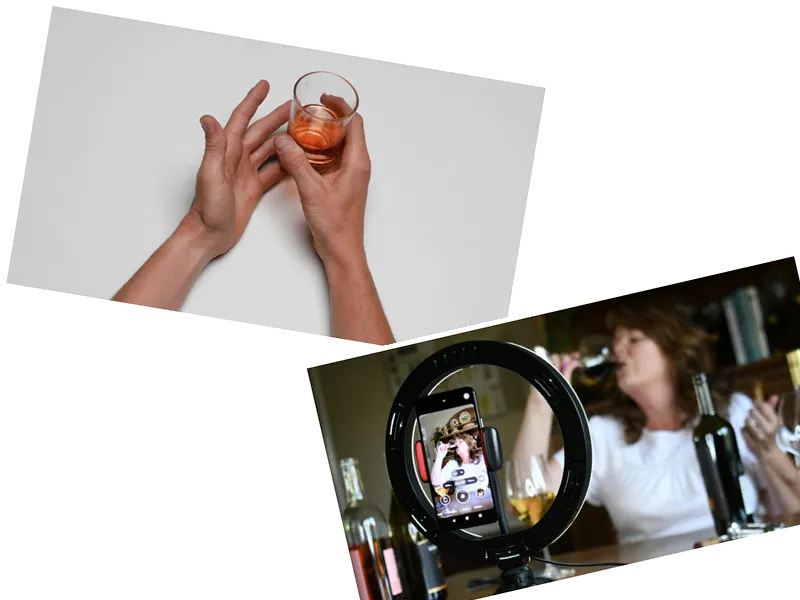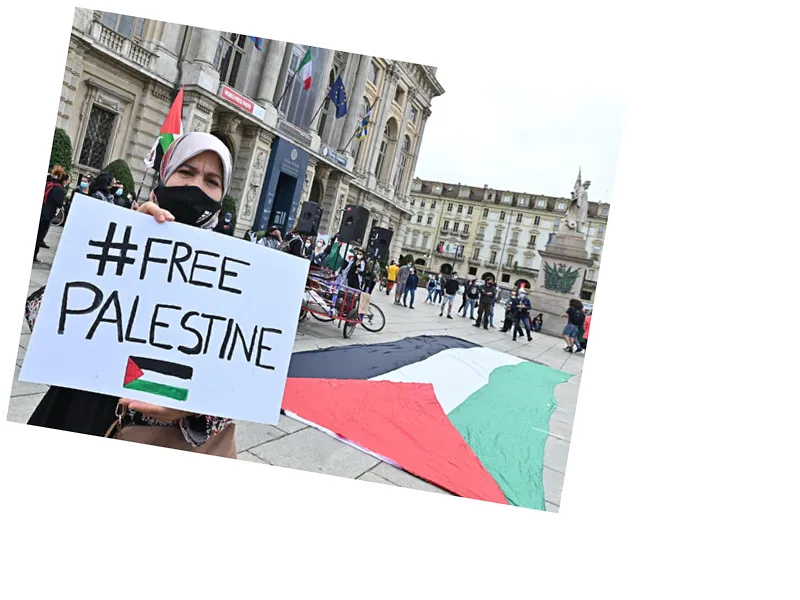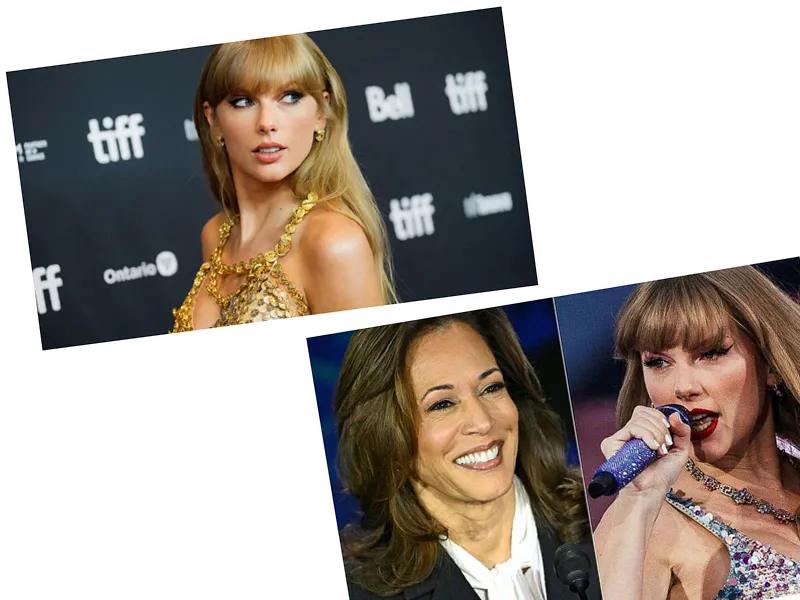The Rise of Alcohol Promotion on Social Media
In a concerning report released by Addictions France, social networks have been labeled a "new Wild West" for alcohol promotion, particularly targeting young audiences. Between June 2021 and January 2024, the association documented over 11,300 pieces of content promoting alcohol across platforms like Instagram and TikTok, created by 802 alcohol brands and 483 influencers. This alarming trend highlights the significant exposure of young people to alcohol advertising, with brands leveraging influencer marketing to reach vast audiences. Notable brands such as Ricard, Heineken, and Aperol Spritz have been at the forefront, associating their products with themes of celebration and lifestyle.
Influencers as Marketing Tools
Influencers play a crucial role in the alcohol advertising landscape, with partnerships often leading to high visibility among their followers. For instance, influencer Léna Situations, who boasts 4.6 million subscribers, frequently promotes alcohol brands, contributing to the widespread visibility of these products. The report notes that 79% of 15-21 year-olds encounter alcohol advertisements weekly on social networks, significantly influencing their consumption intentions. Franck Lecas from Addictions France highlighted that 25% of these young viewers express a desire to consume alcohol after seeing such content.
Regulatory Gaps and the Evin Law
Despite existing regulations under the Evin law, which aims to restrict alcohol advertising, the current framework is deemed insufficient. Originally enacted in 1991, the law has struggled to keep pace with the evolving digital landscape. The recent June 2023 legislation regulating influencer activities was criticized for failing to prohibit alcohol advertising entirely. Myriam Savy from Addictions France emphasized the need for stricter measures, stating that the maximum fine for violations is merely 75,000 euros—a trivial amount for large corporations. The association calls for a complete ban on alcohol advertising on social media to protect young audiences from the pervasive influence of alcohol marketing.





